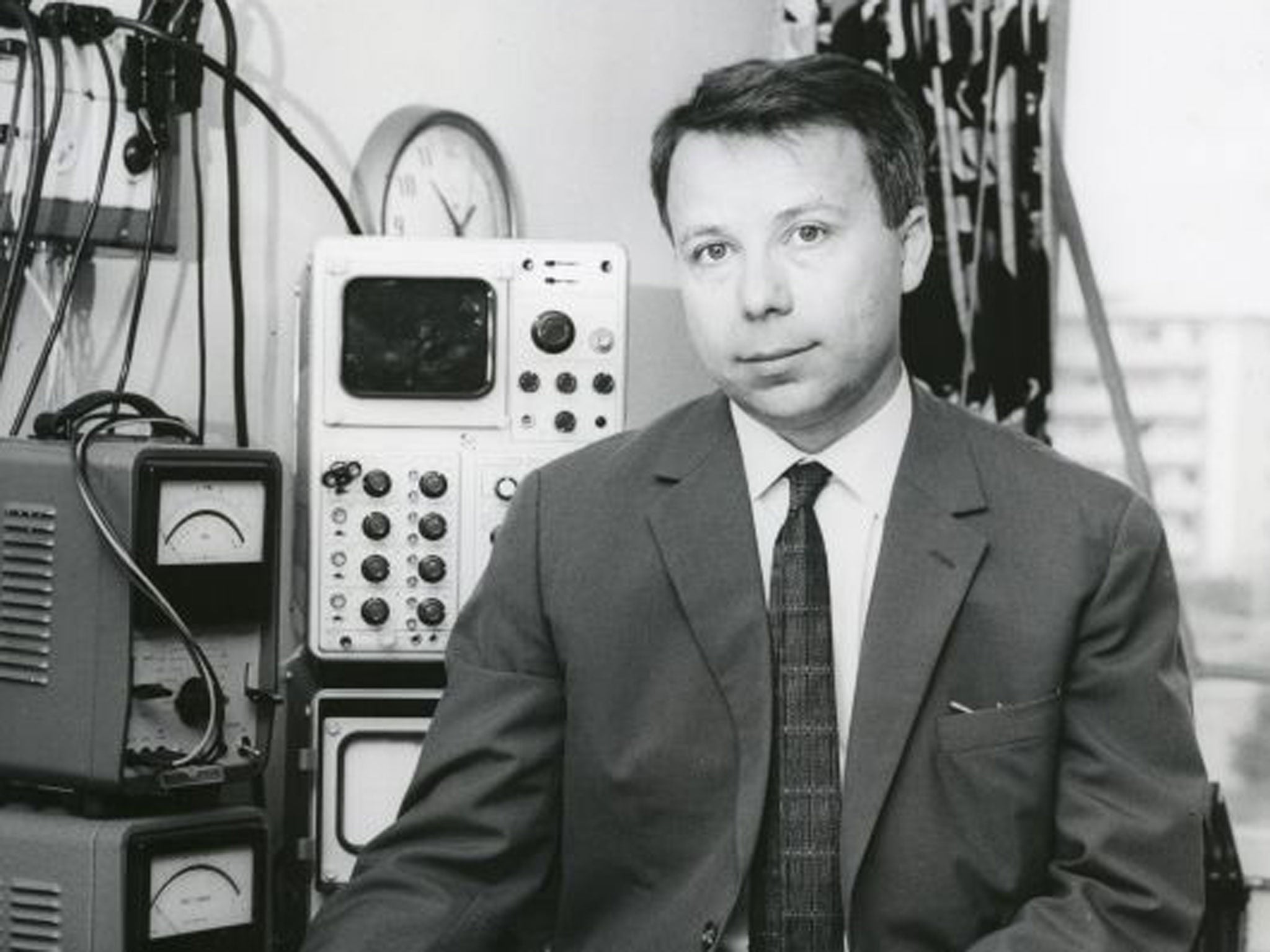Stefan Kudelski: Inventor of the revolutionary Nagra tape recorder
Truffaut, Godard and Chabrol all credited him with making possible their working style

Your support helps us to tell the story
From reproductive rights to climate change to Big Tech, The Independent is on the ground when the story is developing. Whether it's investigating the financials of Elon Musk's pro-Trump PAC or producing our latest documentary, 'The A Word', which shines a light on the American women fighting for reproductive rights, we know how important it is to parse out the facts from the messaging.
At such a critical moment in US history, we need reporters on the ground. Your donation allows us to keep sending journalists to speak to both sides of the story.
The Independent is trusted by Americans across the entire political spectrum. And unlike many other quality news outlets, we choose not to lock Americans out of our reporting and analysis with paywalls. We believe quality journalism should be available to everyone, paid for by those who can afford it.
Your support makes all the difference.Stefan Kudelski, inventor of the first portable professional sound recorder, single-handed transformed the world of sound recording for radio, television and, most importantly, the film industry. His device allowed directors to throw off the shackles of studio-based filming, enabling them to film in an off-the-cuff improvisational style and to film anywhere and in any environment they chose. He won four Oscars and two Emmys.
By the early 1960s Nagras were standard in all three industries until the 1990s, when digital audio recorders came on to the market. The company now produces digital recorders, though competition from the Far East means they no longer dominate.
According to Chris Newman, a four-time Academy Award-winning sound engineer, "There was virtually no film made from 1961 until the early 1990s that did not use the Nagra."
Kudelski's first device, a reel-to-reel portable tape recorder called the Nagra I, created in 1951 while he was still a student, captured the imagination of Swiss radio stations before spreading farther afield. However, it was the recorder's third incarnation, the Nagra III, which set him on the road to revolutionising Hollywood as well as the British and French film industries.
Before the Nagra, film sets required sound recording devices that took several people to carry and manoeuvre them and usually had to be transported by truck. Coinciding with the portability and reduction in camera sizes, the introduction of the Nagra, weighing between 3.5-9 kilos depending on accessories, suddenly gave directors a new freedom from the conventions and high cost of studio production.
The Nagra became an essential tool for the on-location, often improvisational techniques of the young French New Wave directors of the late 1950s and early '60s, such as François Truffaut, Jean-Luc Godard and Claude Chabrol, as well as US documentarians like DA Pennebaker, who used the Nagra to record Bob Dylan's 1965 tour featured in Don't Look Back. Pennebaker, Godard and Truffaut all credited Kudelski with helping to make possible the informality and journalistic realism of their work.
The Kudelski Group went on to make covert recording and surveillance devices for a number of government agencies, including the East German Stasi and the CIA. In 1967, Nagra entered the military market. The first pocket-size miniature recorders, the SN Serie Noire, were originally ordered by President Kennedy for the American secret services.
Born in Warsaw, Poland in 1929, Stefan Kudelski completed his primary education before the family fled following the outbreak of the Second World War. Fleeing via Hungry and France, the family settled in Switzerland in 1943.
In 1948 Kudelski entered the Polytechnique de l'Université de Lausanne, the Swiss Federal Institute of Technology, graduating in electrical Engineering. By 1951 he had established an engineering design company and patented his first portable recording device, the Nagra I, (meaning "will record" in Polish); the size of a shoe box, the device was light, self-contained, portable and high quality.
Leaving university in 1952, Kudelski worked hard on improvements and later that year Radio Lausanne and Radio Geneva placed orders to purchase the Nagra I. By May, following the first international sound recording contest, some reporters became interested in the device with Radio Luxembourg ordering several.
In 1953, Kudelski started making their own parts for the upcoming Nagra II, as using third parties had caused delays, and defective and sub-standard parts. The new device was a success and the company expanded. In 1958, the Nagra III was launched. The solid-state machine, was fully transistorised and could synchronise sound with the film frames. Orders flooded in, including Italian broadcaster RAI for the 1960 Rome Olympics, US broadcasters ABC, NBC and CBS, and the BBC. A passionate sailor and aviator, Kudelski founded "Air Nagra" in the 1960s, flying businessmen from Nagra and other local companies around the world. It was dissolved in the mid-1970s.
Kudelski received Oscars for his technical contributions to film-making in 1965, 1977, 1978, and 1990. He received many other awards, including, the John Grierson International Gold Medal (1983) – joining luminaries of the Society of Motion Picture and Television Engineers that include Louis Lumière, Thomas Edison, Walt Disney, Samuel Warner, Leon Gaumont and Ray Dolby.
Stefan Kudelski, inventor and engineer; born Warsaw 27 February 1929; married Ewa (died 2000; five children); died Cheseaux-sur-Lausanne, Switzerland 26 January 2013.
Join our commenting forum
Join thought-provoking conversations, follow other Independent readers and see their replies
Comments